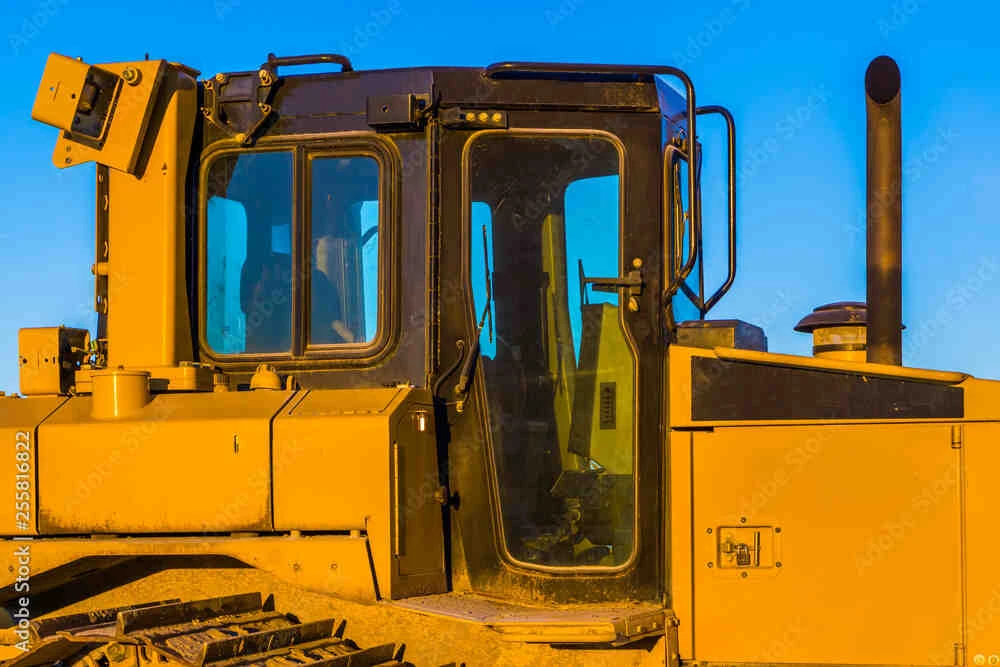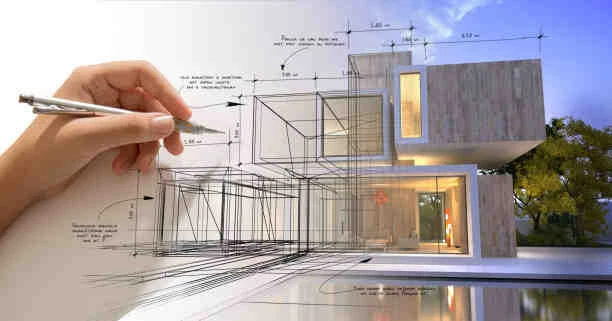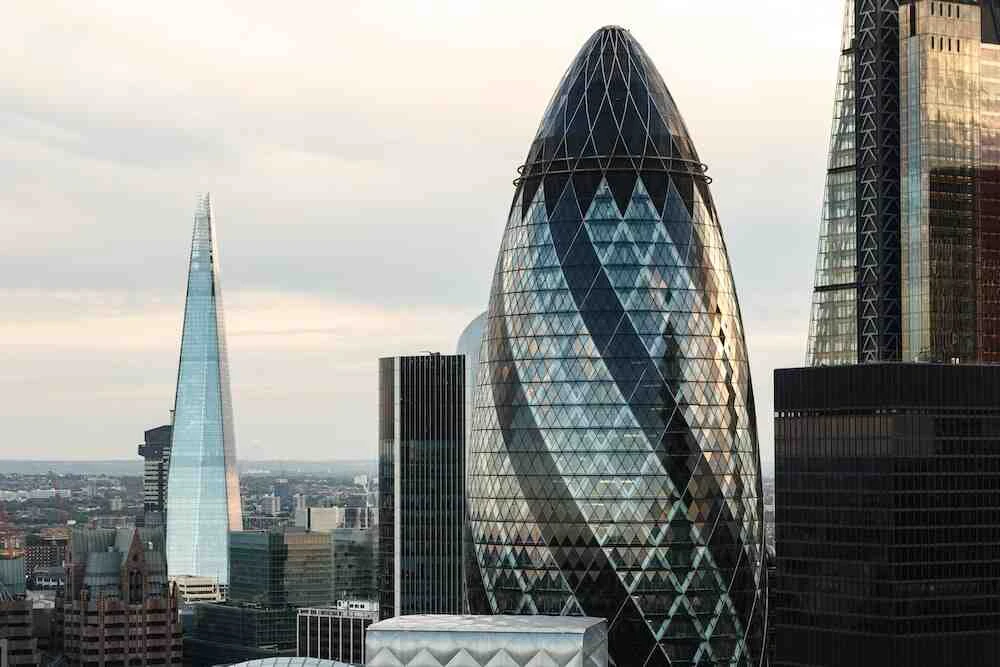
Groundwork Challenges: Case Studies of Remarkable Solutions
## 1. The Crossrail Project (Elizabeth Line):
- Challenge:
- The Crossrail project, now known as the Elizabeth Line, involved the construction of a new railway line running through London, connecting east and west.
- The urban setting presented challenges such as densely populated areas, existing infrastructure, and the need for deep tunneling beneath historic buildings.
- Remarkable Solution:
- Tunnel Boring Machines (TBMs): To navigate the urban landscape without disrupting surface activities, enormous Tunnel Boring Machines were employed. These machines tunnelled underground, creating the necessary space for the railway without disturbing the surface.
- Precision Engineering: Advanced monitoring and precision engineering ensured that the tunnels passed safely beneath sensitive structures, mitigating the risk of subsidence or damage.
## 2. The Thames Tideway Tunnel:
- Challenge:
- The Thames Tideway Tunnel is a major infrastructure project designed to prevent untreated sewage overflow into the River Thames during heavy rainfall.
- The challenge involved constructing a tunnel deep beneath the river while minimizing disruption to the city and ensuring environmental sustainability.
- Remarkable Solution:
- Tunneling Techniques: Similar to the Crossrail project, the Thames Tideway Tunnel utilized tunnel boring machines. These machines excavated the tunnel while minimizing surface disruption.
- Sustainable Design: To address environmental concerns, the project incorporated sustainable design elements, such as green roofs and energy-efficient facilities, showcasing a commitment to responsible groundwork practices.
## 3. The Millennium Seed Bank:
- Challenge:
- The Millennium Seed Bank, located in West Sussex, is a global seed storage facility that aims to safeguard plant biodiversity. The challenge was to create a facility that could withstand natural disasters and environmental threats.
- Remarkable Solution:
- Innovative Foundation Design: The facility"s foundation was designed to be both stable and resistant to seismic events. The use of innovative foundation design ensured the long-term stability of the structure.
- Climate-Controlled Environments: Advanced climate-control systems were implemented to create optimal conditions for seed storage, addressing the challenge of preserving diverse plant species.
## 4. The King"s Cross Station Redevelopment:
- Challenge:
- The redevelopment of King"s Cross Station in London involved transforming a major transportation hub and its surroundings. Challenges included working around existing rail lines, managing pedestrian flow, and creating a modern, functional space.
- Remarkable Solution:
- Phased Construction: The project was executed in phases to allow the station to remain operational during construction. This phased approach minimized disruptions to rail services and ensured a smooth transition for passengers.
- Public Space Integration: The redevelopment included the creation of public spaces, integrating the station with its surroundings. Careful landscaping and pedestrian-friendly design addressed the challenge of managing high foot traffic.
## 5. The Eden Project Biomes:
- Challenge:
- The construction of the Eden Project in Cornwall presented challenges in creating a series of large biomes to simulate different climates. The structures needed to be structurally sound, energy-efficient, and visually striking.
- Remarkable Solution:
- Biome Design: The innovative biome design involved hexagonal and pentagonal cells inspired by soap bubbles. This design not only created a visually stunning effect but also maximized structural efficiency.
- Materials and Sustainability: The use of lightweight materials reduced the load on the structure, while rainwater harvesting and renewable energy sources addressed sustainability challenges.
## 6. The Shard:
- Challenge:
- The Shard, the tallest building in the UK, faced challenges related to its height, architectural design, and the urban environment of central London.
- Remarkable Solution:
- Foundation Engineering: The Shard"s foundation was designed to accommodate its height and the constraints of urban excavation. Advanced foundation engineering ensured stability in the midst of dense city infrastructure.
- Sustainable Features: The building incorporates sustainable features, including energy-efficient glass and a combined heat and power system, showcasing a holistic approach to urban development.
## 7. The Queen Elizabeth Olympic Park:
- Challenge:
- The redevelopment of the Olympic Park for the 2012 London Olympics involved transforming a contaminated industrial site into a sustainable, multi-use public space.
- Remarkable Solution:
- Contaminated Site Remediation: Groundworkers successfully remediated the contaminated soil, addressing environmental challenges and creating a safe and vibrant public space.
- Legacy Planning: The park was designed with post-Olympic legacy in mind, ensuring that the infrastructure would serve the community for years to come.
## 8. Lessons Learned:
- Innovation in Construction: The case studies highlight the importance of innovative construction techniques, such as tunnel boring machines and biome-inspired designs, in overcoming unique challenges.
- Environmental Responsibility: The incorporation of sustainable and environmentally friendly features in projects like the Thames Tideway Tunnel and the Eden Project demonstrates a commitment to responsible construction practices.
- Phased Approaches: Phased construction, as seen in the King"s Cross Station redevelopment, allows for the continued operation of critical infrastructure while major improvements are underway.
- Adaptability: Groundworkers and engineers must be adaptable, finding solutions that balance the demands of urban environments, historical preservation, and modern functionality.
## Conclusion:
Groundwork challenges are an inherent part of major construction and landscaping projects. The remarkable solutions showcased in these case studies reflect the industry"s commitment to innovation, sustainability, and adaptability
. As construction technology continues to advance, these lessons learned from overcoming complex challenges will guide future projects, ensuring the successful transformation of landscapes and built environments.












